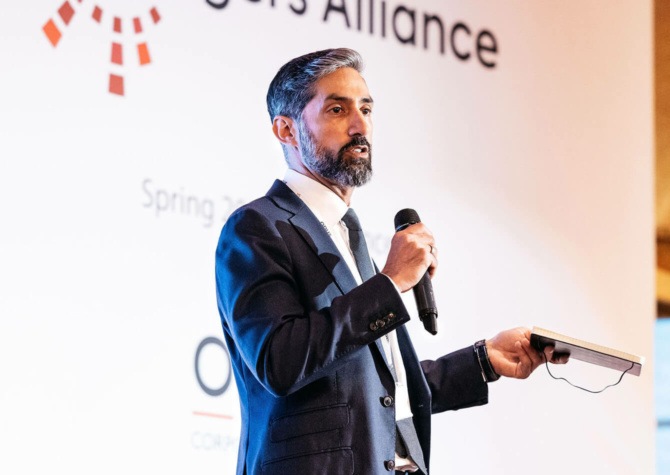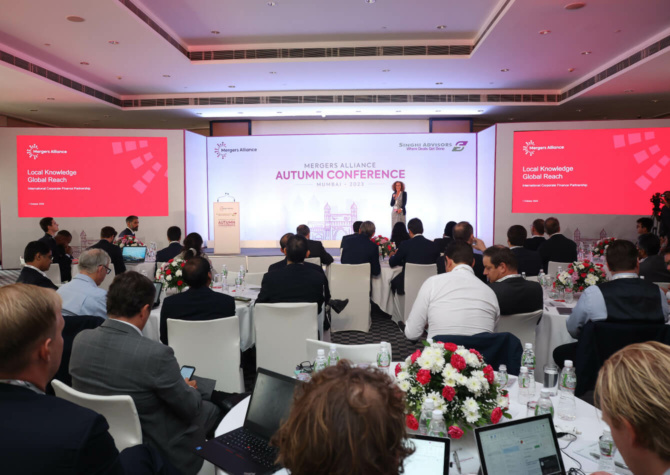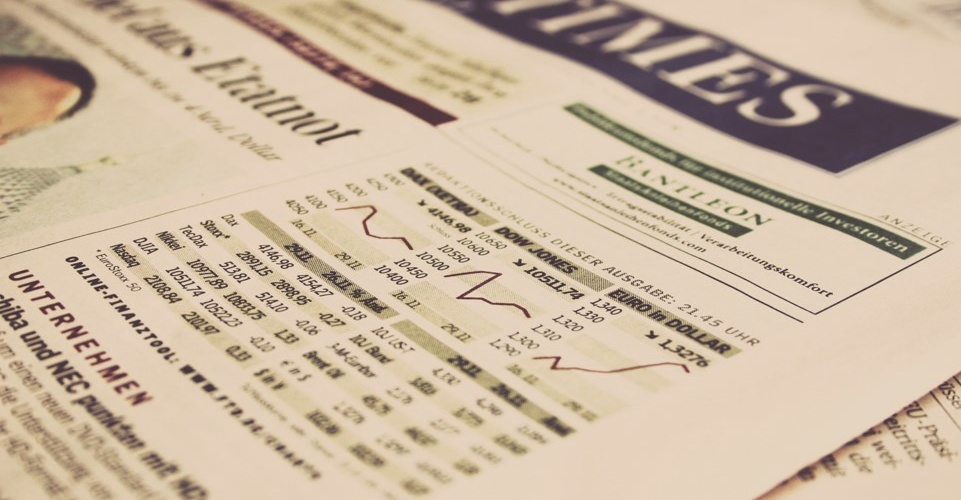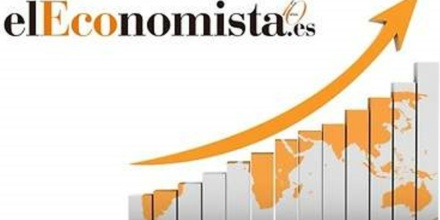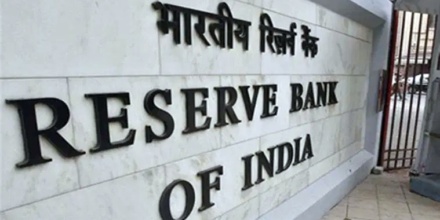In these times of elevated uncertainty about the future of a business and hazy market outlook leaving no room for nuanced thinking, private equity (PE) investors are switching their investment style from pure play equity deals to blended `risk adjusted return’ bets to insure their capital against any major losses due to unforeseen events going forward
Private equity (PE) investors, who are sitting on a record cash pile, are turning cold to pure play equity investment after the Covid-19 pandemic and the subsequent economic lockdown leading to increased uncertainty about the future of a business. As a natural corollary, their expectations on return on capital too have changed in tandem with their changing risk perceptions. To put it succinctly, the pandemic has tempered the risk-taking ability of PE investors substantially since the ready-to-go gauges like return on investment and the real growth of a business based on future cash flow projections are no longer amenable to any forecasting models.
The volatile market has made it near nigh impossible to time the exit as well. This is what will drive a large number of PE players, who in their race to stay ahead of the curve, to change their investment style to a flexible structure that ensures certain minimum returns on the capital deployed or to peg the valuations based on the future earnings or growth of the company and gain some flexibility in the form of structure and timing for their exits.
This changing investment style is poised to increase the appeal for interest bearing convertible instruments that would generate sufficient amounts of fixed returns before exercising the conversion option or routing a part of the funding through high coupon “non-convertible instruments” along with upfront equity or even lower priced equity attached with warrants, which may be fully funded and converted into equity, sometime in future. Such a strategy brings blended “risk adjusted returns” to PE investors. This may turn out to be a win-win deal for both the PE players and the target companies, since such convertible or structured investments will help the former to take an informed call on the actual outcome on the basis of capital invested while the target company gets the funding upfront, based on their immediate needs for capital.
This style of investment also provides protection to invested capital in several ways. First, investors get the desired flexibility to reset their pricing and investment period by structuring a blend of equity and interest yielding investment instrument (debt equivalent instrument) from the overall pool of invested capital. Second, instead of investing the entire capital upfront into equity, which is susceptible to many risk factors, PEs can base their investment decisions on the absolute capital needs of a business as well as its debt carrying capacity or its balance sheet resilience.
While assessing the future financial performance of the target company, the PE investor may choose to convert the instrument into equity at a pre-set pricing formula or may prefer to remain invested with a fixed coupon rate and make the exit later without having to take incremental risk of an uncertain future but at the same time limit their returns from the possible gains from incremental earnings. It also helps investors to price the equity at the bottom while retaining an option to press the exit button in case the performance of the target company is below a threshold level (milestones) based on the terms of the investment.
However, the flip side for the target firm is that even though they may get the required funding upfront, their valuations and equity dilution will remain uncertain and investors may choose not to convert the optionally convertible instruments into an equity in case of an unfavorable business environment or changing scenario. At a later date, this may prove to be a double edged sword for the company and its management on account of substantial equity dilution on account of lower performance or stretched balance sheet due to increased borrowings in the books and added uncertainty associated with refinancing the debt from external investors.
In case of listed companies, the design of such convertible instrument gets very difficult since the investors have to exercise their option to convert their exposure into equity within a short period of 18 months and in case of warrants, the same need to be fully paid within 18 months else the upfront investment @25% gets forfeited, unlike private companies, who have five full years for full conversion.
On the balance, to say the private equity deals have collapsed in calendar 2020, in my view, is a dim view. Rather, it signals the lull before the storm as PE players, sitting on record cash piles, are switching their investment style from pure play equity deals to blended `risk adjusted return’ bets to insure their capital against any major losses due to unforeseen events going forward.

